4-Hydroxyphenylacetic acid
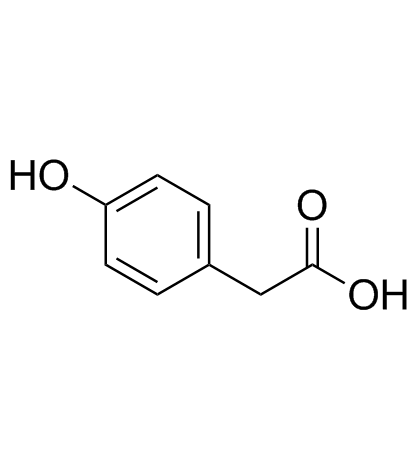
4-Hydroxyphenylacetic acid structure
|
Common Name | 4-Hydroxyphenylacetic acid | ||
|---|---|---|---|---|
| CAS Number | 156-38-7 | Molecular Weight | 152.147 | |
| Density | 1.3±0.1 g/cm3 | Boiling Point | 346.6±17.0 °C at 760 mmHg | |
| Molecular Formula | C8H8O3 | Melting Point | 148-151 °C(lit.) | |
| MSDS | USA | Flash Point | 177.6±17.4 °C | |
| Symbol |

GHS07 |
Signal Word | Warning | |
Use of 4-Hydroxyphenylacetic acid4-hydroxyphenylacetic acid, a major microbiota-derived metabolite of polyphenols, is involved in the antioxidative action. 4-hydroxyphenylacetic acid induces expression of Nrf2[1]. |
| Name | 4-hydroxyphenylacetic acid |
|---|---|
| Synonym | More Synonyms |
| Description | 4-hydroxyphenylacetic acid, a major microbiota-derived metabolite of polyphenols, is involved in the antioxidative action. 4-hydroxyphenylacetic acid induces expression of Nrf2[1]. |
|---|---|
| Related Catalog | |
| Target |
Nrf2[1] |
| In Vivo | 4-Hydroxyphenylacetic acid (6, 12, or 25 mg/kg) increases Nrf2 translocation to the nucleus and enhances the activity of phase II and antioxidant enzymes. The protein levels of nuclear Nrf2 are increased by 170% and 230% in pre-treated 12 and 25 mg/kg 4-Hydroxyphenylacetic acid groups, respectively, compared with the control group.The 4-Hydroxyphenylacetic acid pretreatment at a final dose of 25 mg/kg markedly and selectively up-regulated the target genes of phase II enzymes and resulted in higher up-regulation than that of the control group by 270%, 400%, and 500% or UGT1A1, UGT1A9, and SULT2A1, respectively. 4-Hydroxyphenylacetic acid also suppresses the expression of CYP2E1[1]. |
| References |
| Density | 1.3±0.1 g/cm3 |
|---|---|
| Boiling Point | 346.6±17.0 °C at 760 mmHg |
| Melting Point | 148-151 °C(lit.) |
| Molecular Formula | C8H8O3 |
| Molecular Weight | 152.147 |
| Flash Point | 177.6±17.4 °C |
| Exact Mass | 152.047348 |
| PSA | 57.53000 |
| LogP | 0.77 |
| Vapour Pressure | 0.0±0.8 mmHg at 25°C |
| Index of Refraction | 1.596 |
| InChIKey | XQXPVVBIMDBYFF-UHFFFAOYSA-N |
| SMILES | O=C(O)Cc1ccc(O)cc1 |
CHEMICAL IDENTIFICATION
HEALTH HAZARD DATAACUTE TOXICITY DATA
|
| Symbol |

GHS07 |
|---|---|
| Signal Word | Warning |
| Hazard Statements | H315-H319-H335 |
| Precautionary Statements | P261-P305 + P351 + P338 |
| Personal Protective Equipment | dust mask type N95 (US);Eyeshields;Gloves |
| Hazard Codes | Xi:Irritant |
| Risk Phrases | R36/37/38 |
| Safety Phrases | S26-S36-S24/25 |
| RIDADR | NONH for all modes of transport |
| WGK Germany | 3 |
| RTECS | AI2680000 |
| HS Code | 2918290000 |
| Precursor 10 | |
|---|---|
| DownStream 9 | |
| HS Code | 2918290000 |
|---|---|
| Summary | HS: 2918290000 other carboxylic acids with phenol function but without other oxygen function, their anhydrides, halides, peroxides, peroxyacids and their derivatives Tax rebate rate:9.0% Supervision conditions:AB(certificate of inspection for goods inward,certificate of inspection for goods outward) VAT:17.0% MFN tariff:6.5% General tariff:30.0% |
|
HMDB: a knowledgebase for the human metabolome.
Nucleic Acids Res. 37(Database issue) , D603-10, (2009) The Human Metabolome Database (HMDB, http://www.hmdb.ca) is a richly annotated resource that is designed to address the broad needs of biochemists, clinical chemists, physicians, medical geneticists, ... |
|
|
Age-related reference values for urinary organic acids in a healthy Turkish pediatric population.
Clin. Chem. 40(6) , 862-6, (1994) Organic acid concentrations were quantified by gas chromatography and the individual acids identified by mass spectrometry in urine specimens from a healthy Turkish pediatric population of ages 2 days... |
|
|
Prediction of skeletal muscle and fat mass in patients with advanced cancer using a metabolomic approach.
J. Nutr. 142(1) , 14-21, (2012) Urine and plasma metabolites originate from endogenous metabolic pathways in different organs and exogenous sources (diet). Urine and plasma were obtained from advanced cancer patients and investigate... |
| 4-Hydroxyphenyl acetic acid |
| 2-(4-Hydroxyphenyl)acetic acid |
| 4-hydroxyphenylacetic acid |
| (p-hydroxyphenyl)-Acetic acid |
| (4-Hydroxy-phenyl)-acetic acid |
| 4-Hydroxy-Benzeneacetic acid |
| (4-Hydroxyphenyl)acetic acid |
| MFCD00004347 |
| Benzeneacetic acid, 4-hydroxy- |
| EINECS 205-851-3 |
| PHPA |
 CAS#:501-94-0
CAS#:501-94-0 CAS#:104-01-8
CAS#:104-01-8 CAS#:14191-95-8
CAS#:14191-95-8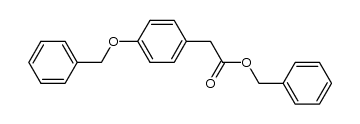 CAS#:58609-13-5
CAS#:58609-13-5 CAS#:52449-43-1
CAS#:52449-43-1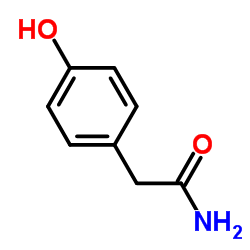 CAS#:17194-82-0
CAS#:17194-82-0![4-[2-(bromomethyl)-1,3-dioxolan-2-yl]phenol Structure](https://image.chemsrc.com/caspic/446/182296-61-3.png) CAS#:182296-61-3
CAS#:182296-61-3 CAS#:150-30-1
CAS#:150-30-1 CAS#:14199-15-6
CAS#:14199-15-6 CAS#:2491-38-5
CAS#:2491-38-5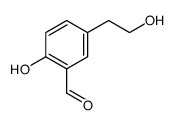 CAS#:110005-81-7
CAS#:110005-81-7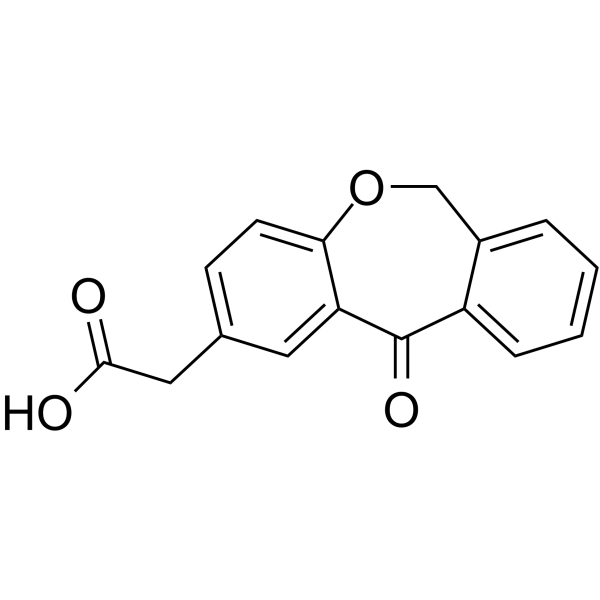 CAS#:55453-87-7
CAS#:55453-87-7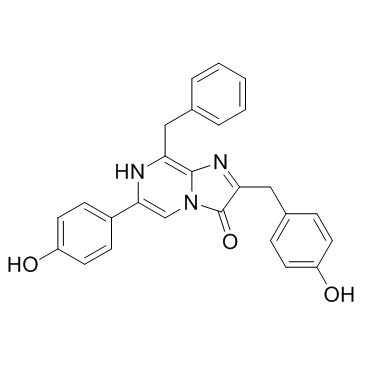 CAS#:55779-48-1
CAS#:55779-48-1 CAS#:33697-81-3
CAS#:33697-81-3 CAS#:52798-01-3
CAS#:52798-01-3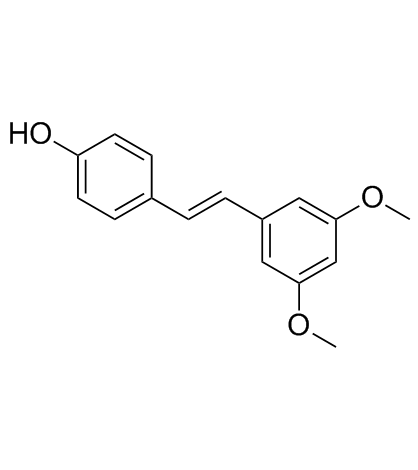 CAS#:537-42-8
CAS#:537-42-8 CAS#:40784-88-1
CAS#:40784-88-1 CAS#:3413-59-0
CAS#:3413-59-0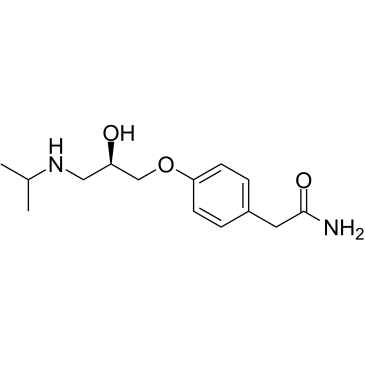 CAS#:56715-13-0
CAS#:56715-13-0
